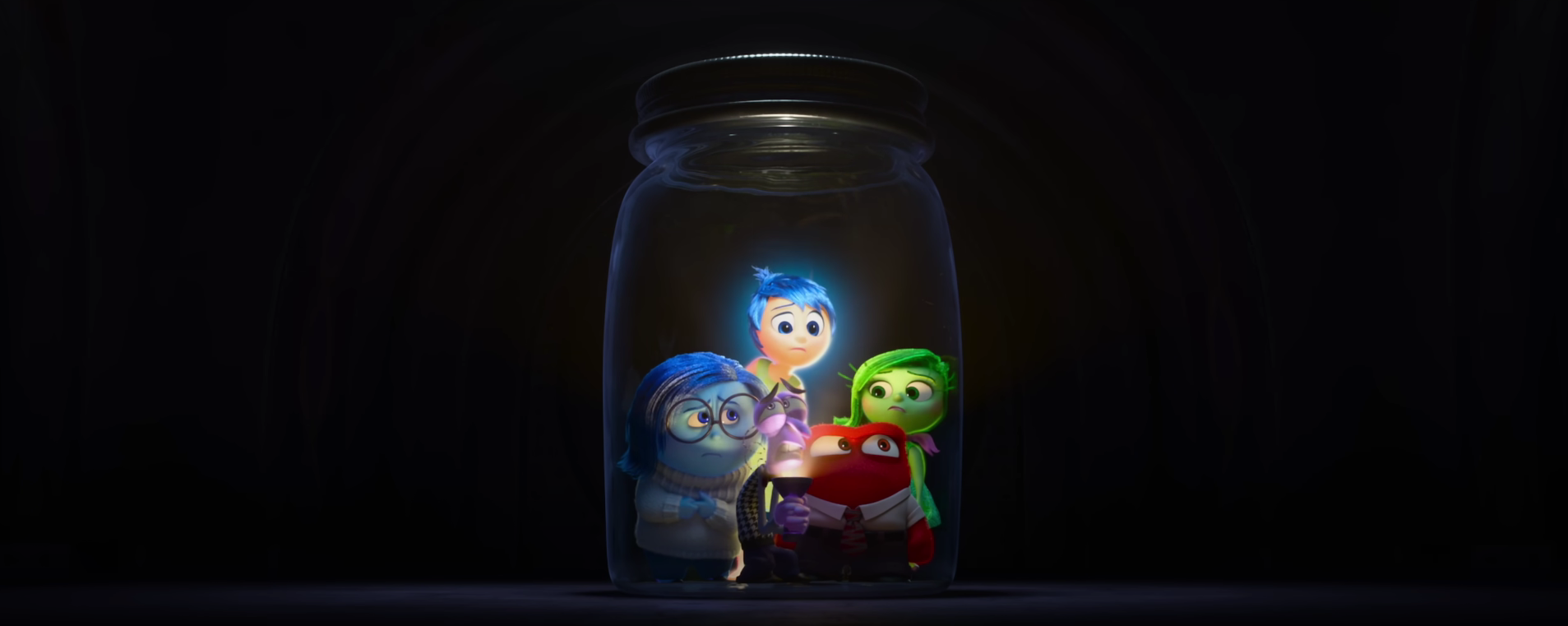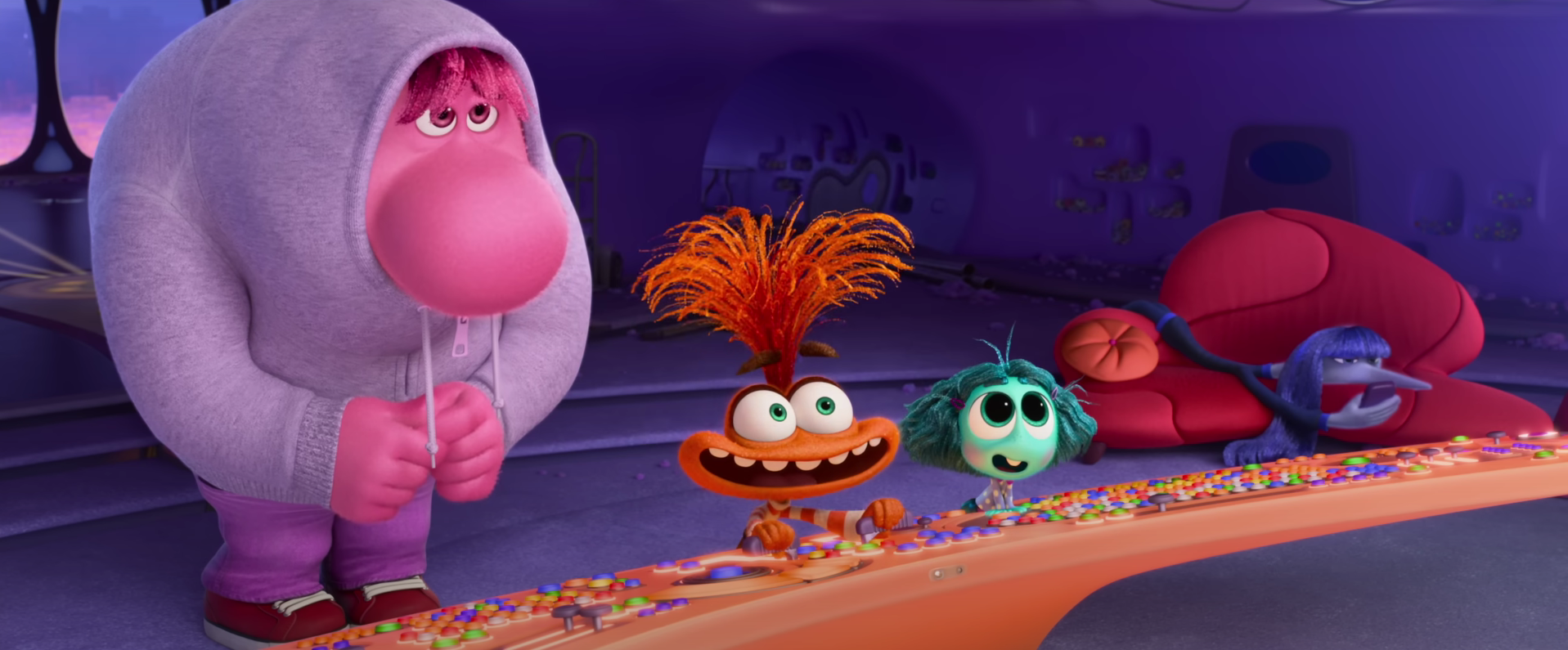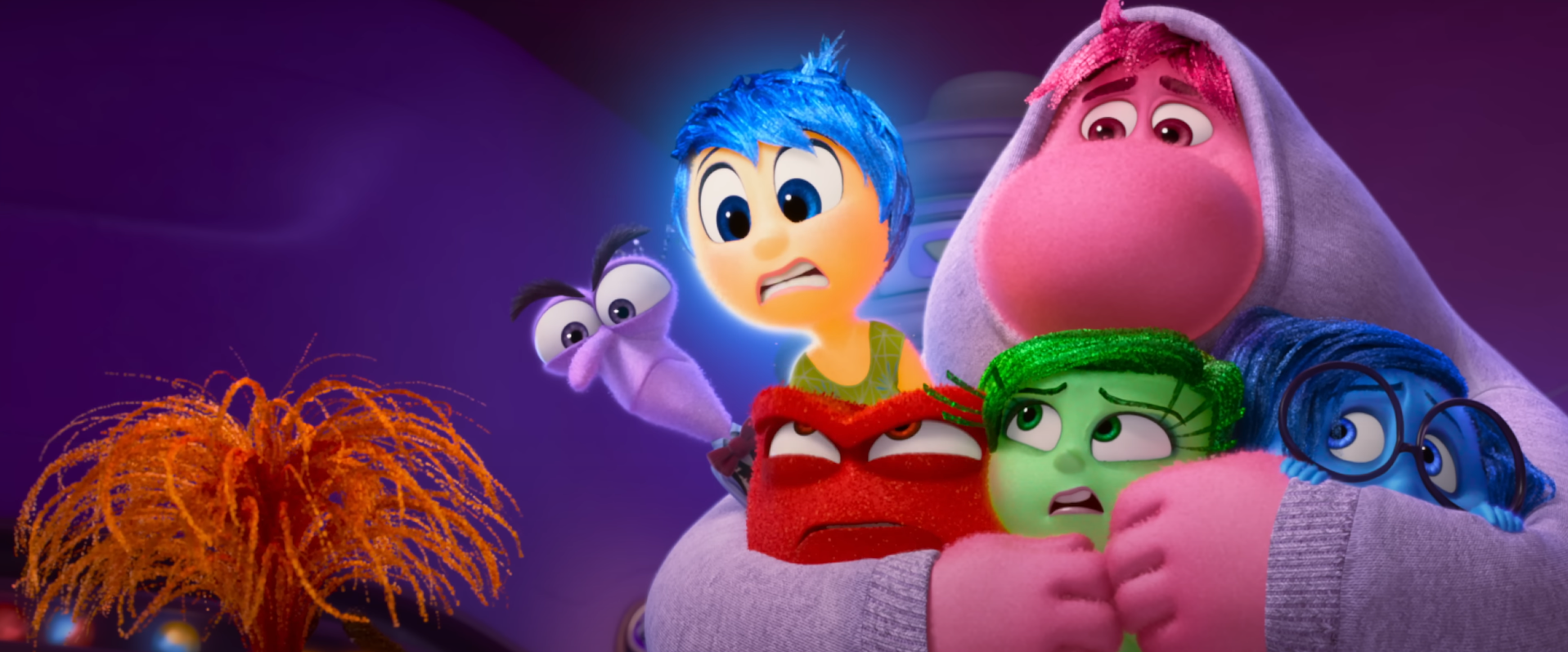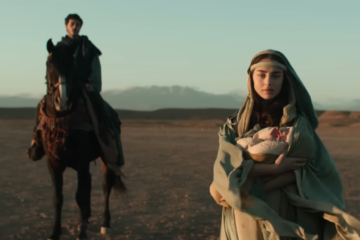HUMANS BY nature are multi-faceted.
Aside from their experiences, their emotions contribute to their place in this world. Be it negative or positive emotions, these feelings fill in the gaps of who they truly are.
But when a person’s emotions become uncontrollable, one feeling tends to overpower the rest. Eventually, aside from a loss of control, it also leads to the loss of one’s sensibilities and genuine identity.
Nine years after the release of its tearjerker predecessor, Pixar returns with a sequel meant to tug at one’s heartstring. Directed by Kelsey Mann, Inside Out 2 premiered on June 12. It centers on now 13-year-old Riley (voiced by Kensington Tallman) and takes place after the final event in Inside Out (2015) that foreshadowed her adolescence.
The first film centered on 11-year-old Riley (Kaitlyn Dias) who, together with her family, attempts to rebuild her life in another city. The sequel introduces a new set of emotions, threatening the five core emotions, namely Joy (Amy Poehler), Sadness (Phyllis Smith), Anger (Lewis Black), Fear (Bill Hader; voiced by Tony Hale in Inside Out 2) and Disgust (Mindy Kaling; voiced by Liza Lapira in Inside Out 2) that managed Riley’s well-being.

These emotions operate in a tower within Riley’s mind called ‘headquarters’ where they oversee everything about Riley with the help of a console that controls Riley’s emotions.
When the puberty button shrieked, a new set of emotions were introduced consisting of Anxiety (Maya Hawke), Envy (Ayo Edebiri), Embarrassment (Paul Walter Hauser) and Ennui, who embodies boredom (Adèle Exarchopoulos). As Riley enters her teenage years, she begins harboring more complex emotions. These emotions reflect what teenagers in the real world experience. Aside from physical changes, their thinking develops further, making them become more aware of the world around them.

The new emotions come across a conflict with the core emotions although they carried the same goal of helping Riley become herself again.
The clash between emotions asserts the value of discovering one’s identity. Riley’s primary emotions, namely joy, sadness, anger, fear and disgust are already established within her. However, the introduction of the four new emotions meant that what was already established could simply be disrupted in the blink of an eye. Riley’s growth and personal conflicts, as shown in the movie, are mosaics of what these emotions have taught her.
A conflict ensues when Joy and Anxiety attempts to shape Riley according to their own perspectives. Both emotions forget an integral part: they are but mere emotions. A person is not built by a single emotion alone; a person is built by an interplay of emotions connected by the singular thread of self-preservation.
Although the shift of scenery between reality and inner thought was seamless, Riley’s character development was mainly from her emotions as the supporting characters in her Fire Hawks hockey team were easily forgettable and lacked screen time.
The film franchise could easily be regarded as a children’s movie with themes surrounding fantasy and imagination. However, it discussed issues encountered by both adults and adolescents. Anxiety, envy, embarrassment and ennui (or boredom) are palpable emotions for them.
Some characters including Bloofy (voiced by Ron Funches), a blue dog with a talking pouch called Pouchy and Lance Slashblade (Yong Yea) were evidently different from the rest, casting a two-dimensional and pixelated form. This shift in animation showed that they were different from other emotions, embodying Riley’s deepest secrets instead.
Riley’s development, despite being the central character, proved to be less significant than that of the nine emotions. Similar to its predecessor, the film focused on Riley making mistakes, with Joy acting out the resolution to Riley’s problems.
In Inside Out 2, the emotions seemed more in control of Riley compared to the first film. The similar storylines made the film feel more like an interlude to adolescence rather than embodying it. Anxiety’s character played a crucial role, however, in portraying the ups and downs of adolescence, mostly being present in Riley’s attempt to overcome fear and pressure from joining a hockey team.

To accompany the characters’ respective journeys, the film made use of effective color grading. Whenever Riley would reminisce about her memories, the scenes offered vibrant colors to represent what her life used to be like. Dull colors served as the palette to represent scenes of her present perspective as an anxious and confused teenager.
The music in Inside Out 2 remained the same as its predecessor. Similar tunes of soft piano and harp made the atmosphere soothing, almost meditative, cementing itself as part of the film franchise’s identity.
Overall, the film is a culmination of how emotions develop and affect one’s actions as they grow up. Inside Out 2 is not just a fantasy adventure for a fictional character’s animated emotions, but a microcosm of the overall human experience, beginning from one’s gains to one’s losses.
Now accompanied with new emotions, the film allowed for a more complex view on what it truly means to feel and make each emotion work in its own right time, rather than letting certain feelings overpower others. F – T.A. Loseriaga



